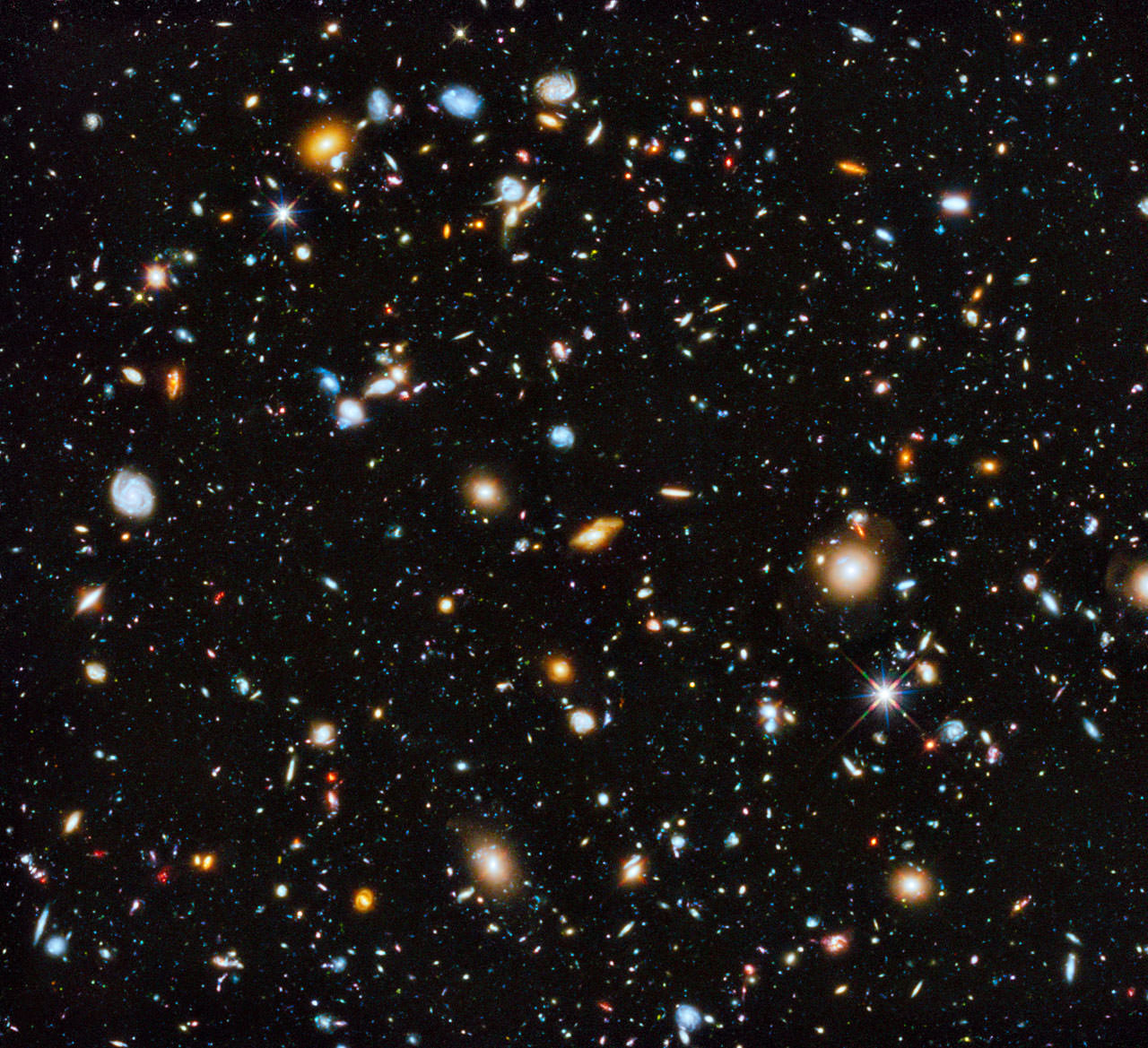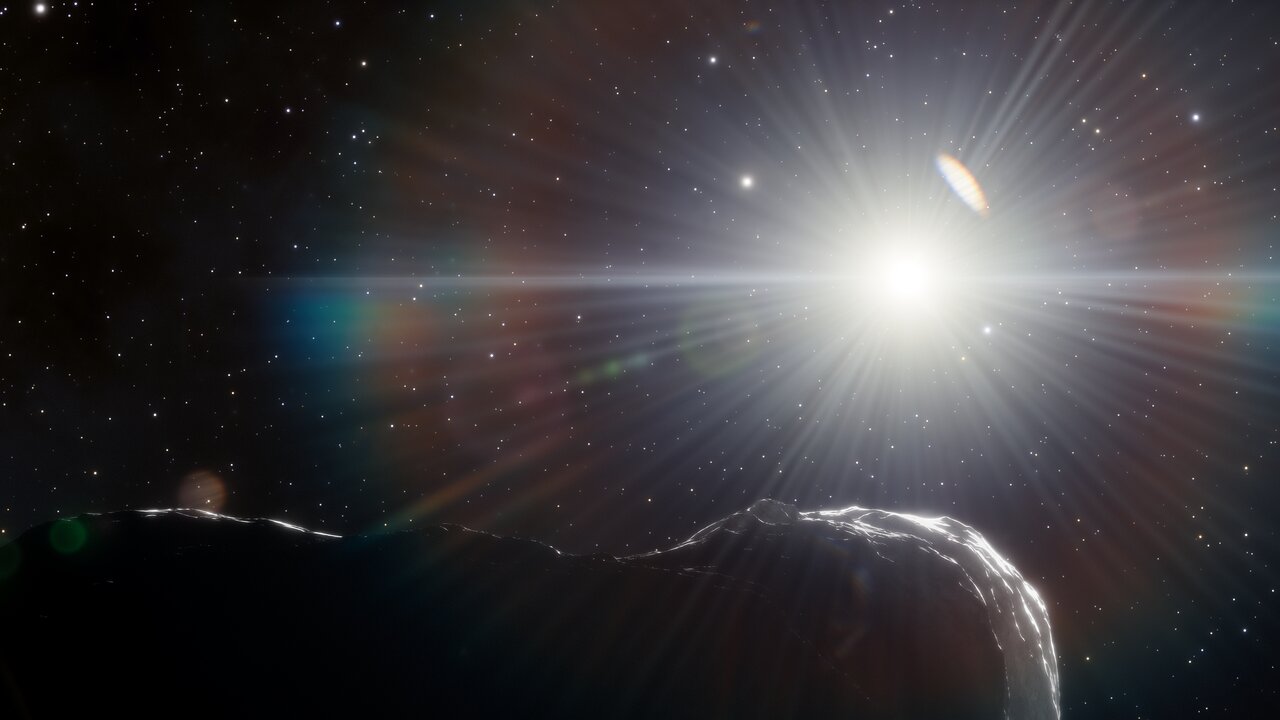Peanuts! Get your peanuts here! The Solar System has been passing out peanuts lately in the form of two different oddly shaped asteroids that recently passed by Earth, and both look like over-sized peanuts. The latest peanut-shaped asteroid pass was on September 16, 2024, when the near-Earth asteroid 2024 ON came within 1 million kilometers (62,000 miles) of Earth (2.6 times the Earth-Moon distance). Radar imaging revealed the asteroid was peanut-shaped because it is actually a contact binary – which means it is made of two smaller objects touching each other. NASA says the two rounded lobes are separated by a pronounced neck, and one lobe about 50% larger than the other.
In total, 2024 ON measures about 350 meters (382 yards) long. The radar could resolve features down to about 3.75 meters across on the surface, including brighter boulders. NASA says about 14% of asteroids in this size range (larger than about 200 meters (660 feet)) are contact binaries.
Continue reading “NASA Watches a Peanut-Shaped Asteroid Drift Past Earth”









